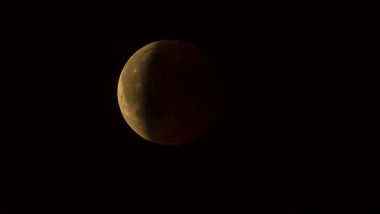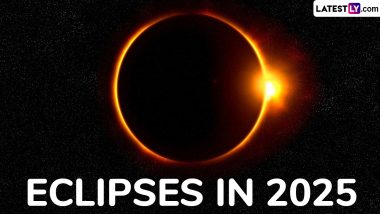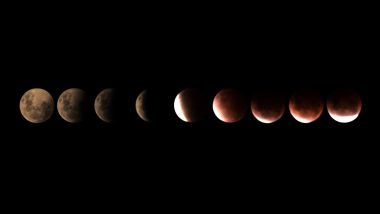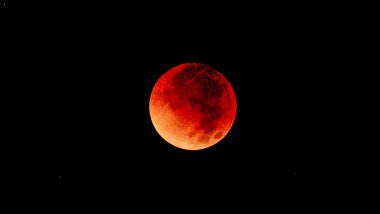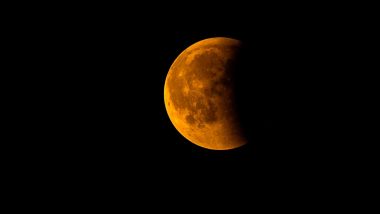This year was filled with eclipses. Sky gazers had amazing opportunities to watch the brilliance of nature. With the year 2020 coming to an end, the final lunar eclipse of the year has also arrived. People across the world will witness the penumbral lunar eclipse on November 30, which is the last lunar eclipse of the year. Also called Upachaya Chandra Grahan, the eclipse falls on the auspicious occasion of Kartik Purnima. The Grahan will be clearly visible only on four Indian states, Bihar, Uttar Pradesh, Assam and Uttarakhand. Major cities in India, like Delhi Mumbai and Bangalore, won’t be able to see it. Again, the penumbral lunar eclipse 2020 will be visible to those living in North and South America, Australia and some parts of Asia. Can you see Upachaya Chandra Grahan on November 30? In this article, we bring you all the details about the last lunar eclipse of the year.
There are three types of lunar eclipses—total, partial and penumbral. November 30 lunar eclipse is a penumbral one. Penumbra is a half-shadow that occurs when a light source, the Sun, in this case, is partly covered by an object, the Earth here. A penumbral lunar eclipse happens when the Earth blocks some of the Sunlight from directly falling on the Moon’s surface. Only the more diffuse outer shadow of Earth—falls on the Moon’s surface. The Moon appears little dark and at times, not even noticeable like the other eclipse phases—partial or total.
Can You See Upachaya Chandra Grahan?
In India, the lunar eclipse will occur on November 30, Kartik Purnima and it is the last one of 2020. The penumbral lunar eclipse will start at 1:04 pm and end at 5:22 pm. The Moon will be below the horizon, and hence, it is impossible to see the Upachaya Chandra Grahan. Even with a telescope, it is impossible to observe the start and end of a penumbral lunar eclipse as it involves the darker portion of the Earth’s penumbral shadow. The shadowed part is only a little bit fainter than the rest of the Moon. 7 Planets to Be Visible in Night Sky of November 2020! Here's How to Watch Mars, Mercury, Venus, Saturn, Jupiter, Neptune and Uranus This Month.
Now that you know the details of the Upachaya Chandra Grahan, we hope you will mark this celestial occurrence peacefully. As mentioned already, this is the last Chandra Grahan of this year. The last celestial event of 2020 will be the solar eclipse, which is scheduled to take place on December 14.
(The above story first appeared on LatestLY on Nov 24, 2020 02:53 PM IST. For more news and updates on politics, world, sports, entertainment and lifestyle, log on to our website latestly.com).













 Quickly
Quickly









